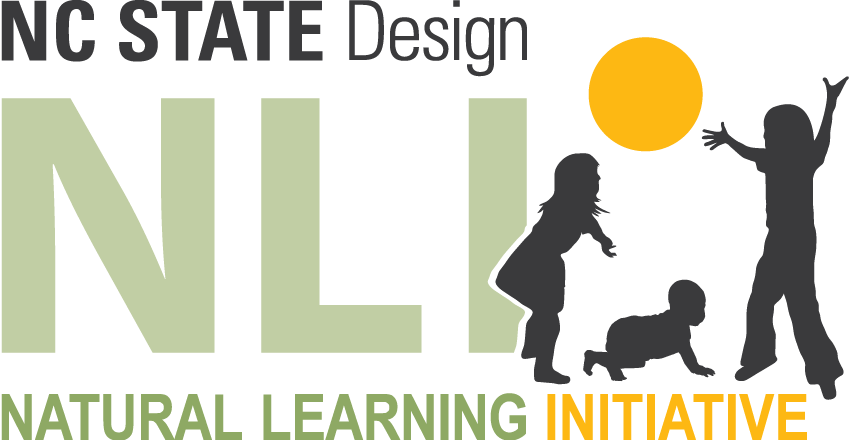09. Pathway Designs
Research shows that well-designed pathways promote physical activity, play, and learning by providing children and teachers with integrated access to outdoor learning environments (OLEs). Once established, a circulation hierarchy of three pathway types will make the pathway system more interesting and easier to navigate.
Primary Pathways
Primary pathways are a functional necessity in the OLE and should be designed to provide easy circulation by connecting classrooms to high-use settings. Primary pathways provide spatial structure and accessibility, simplifying navigation for children and allowing teachers to move quickly through the OLE. Primary pathways should be:
Looped. Avoid dead-ends, which disrupt circulation.
Curvy. Avoid sharp corners, straightaways, and bottlenecks. Gently curving forms combined with shrubby adjacent landscaping will stimulate excitement, exploration, chase games, and higher levels of healthy physical activity.
Connected. Primary entrances and exists should be accessible from the primary pathway. Primary play settings and landmarks should also be incorporated.
Wide. Primary pathways must accommodate intense pedestrian and wheeled-toy traffic, helping children stay on the pathway and pass each other without conflict. Preschool primary pathways should be a minimum of 5 feet wide, with a preferred width of 6 feet. Infant and toddler primary pathways can be narrower (4 feet minimum). Note that pathways are more than circulation areas— they are play settings in their own right.
Secondary Pathways
Secondary pathways connect the primary pathway to more intimate play and learning settings. Secondary pathways allow children to interact with the natural landscape and make discoveries. They can take many forms, with widths as narrow as 30 inches. Surfacing materials may include hardwood mulch, fine crushed stone, and stepping stones.
Tertiary Pathways
Tertiary pathways are the narrowest type of pathway, branching off primary or secondary pathways and allowing children to take short journeys into intimate landscape settings. They can be as narrow as 18 inches and surfaced with hardwood mulch, fine crushed stone, stepping stones, or tree cookies.
Pathway surfacing materials
Poured-in-place rubber surfacing. This material is recommended for primary toddler pathways where children will be learning to walk. Poured-in-place rubber surfacing is installed over concrete by trained specialists. Because it is a high-cost material, maintenance costs should be factored into installation.
Concrete. Concrete is the best practice recommendation for primary preschool pathways because it is more stable and requires less maintenance that other available materials. Due to its durability, concrete is more expensive than other options such as asphalt or crushed stone. Concrete can be treated with stain or integrated color to enhance the appearance of the OLE. It can also be imprinted with leaves, “animal tracks”, and other decorative elements to provide textural diversity.
Asphalt. This material can be used for primary or secondary pathways. Asphalt pathways are less expensive than concrete pathways and require less maintenance. However, they are still more expensive than fine crushed stone or mulch pathways.
Fine crushed stone. Crushed stone can be used for all pathway types. If installed properly, it can be an accessible surface. In order to provide a smooth, flat surface, fine material must be used in conjunction with a coarse layer of gravel underneath. Though not as hard as concrete, crushed stone will gradually become more compact with use. This material is less stable than concrete and will require some maintenance, but may be less expensive depending on your geographic location.
Triple-shredded hardwood mulch. This material can be used for primary, secondary or tertiary pathways. Mulch is the least expensive initial investment, but it breaks down over time and must be replenished. Mulch is not considered an accessible material and not recommended for creating wheeled toy and accessible pathways.
Stepping stones/flagstones. Stepping stones can be used for secondary or tertiary pathways. Using natural stone provides a rich, textural quality that creates a sense of discovering the natural world.








